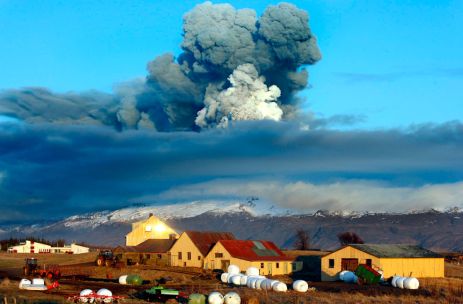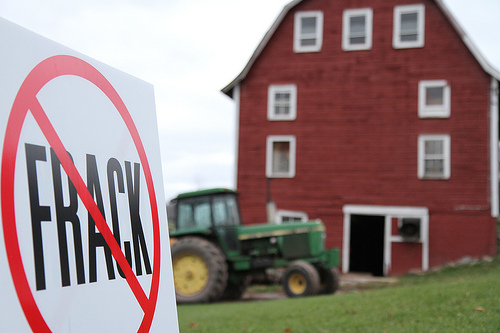Texas is experiencing the driest eight-month period in its recorded history. But in 2010, natural gas companies used 13.5 billion gallons of fresh water for hydraulic fracturing, and that could more than double by 2020. Where's all this water coming from? Oh, it was just lying around, in these aquifers! You guys weren't using it to drink or irrigate or anything, right? Guys?
Crockett County, Tx., near San Angelo (which you probably also haven't heard of, but it's not near much else), has gotten less than two inches of rain since October. But water for fracking could soon make up 25 percent of the county's water usage, according to its groundwater conservation manager. Fracking takes between 50,000 and 4 million gallons for a single well, on average, and could take as many as 13 million gallons. And most of that water is gone for good — 75 percent of it can't be recovered.
Fracking works with brackish water, the stuff that's not really useful for drinking or irrigation. The equipment is just so precious and delicate, though — we wouldn't want it getting gummed up! "[G]iven the specific sort of engineering and pressure they're using, it's better to have fewer impurities in the water, so fresh water works better," says the president of the pro-oil Permian Basin Petroleum Association. Thank goodness the same can't be said of people and animals and crops!



